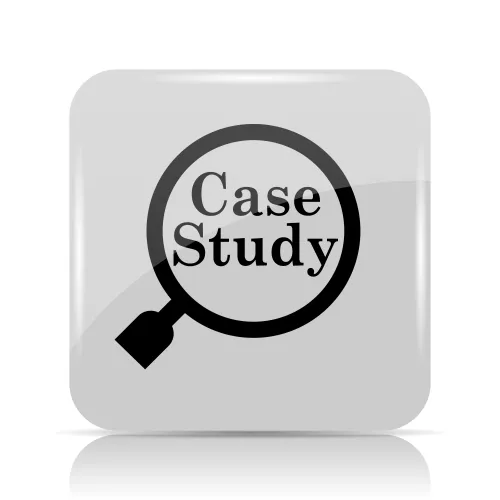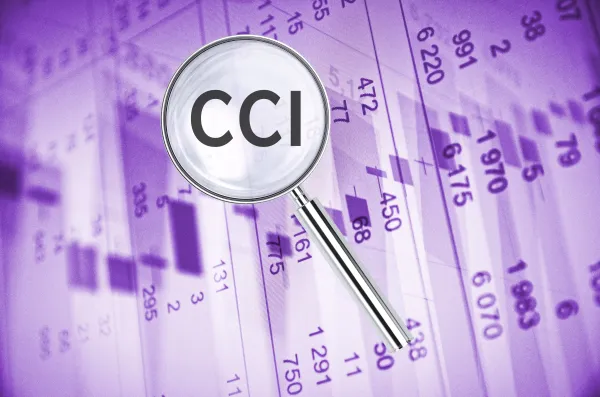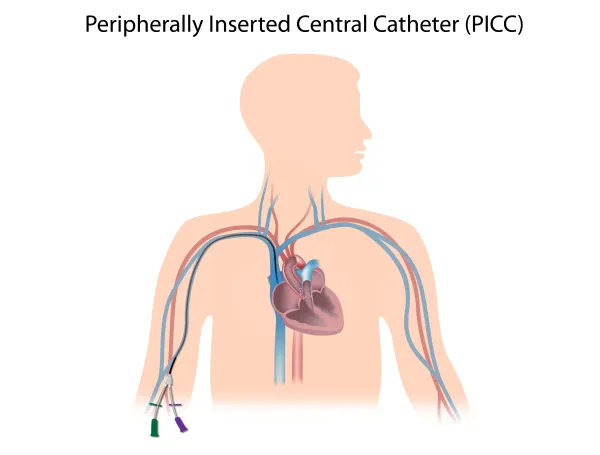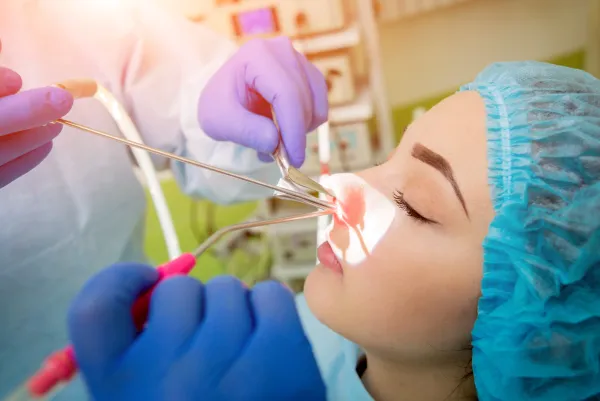Test Yourself With 4 Colonoscopy, EGD Coding Cases

Sometimes, the best way to learn a new coding trade or to brush up on a current skillset is to go over some real-world examples. In this issue, you’re going to take a deep dive into the world of colonoscopy and esophagogastroduodenoscopy (EGD) coding by breaking down some common, and uncommon, clinical situations. Keep your pencil sharp and your skills sharper by going toe-to-toe with four colonoscopy and EGD coding scenarios that will put you to the test. Scenario 1 — Colonoscopy: You’re going to want to identify each technique used to perform polypectomies and biopsies on the respective sites. First, you’ll document two cold biopsies performed in areas within the ascending colon and rectum. You’ll report 45380 (Colonoscopy, flexible; with biopsy, single or multiple) once as the code description includes multiple biopsies. Next, you’ll report the hot biopsy forceps removals of both the nodule in the ascending colon and the polyp in the transverse colon using 45384 (Colonoscopy, flexible; with removal of tumor(s), polyp(s), or other lesion(s) by hot biopsy forceps) once. Again, the code description includes more than one polyp, even if the polyps are removed at different locations within the colon. Finally, you’ll code the snare polypectomy in the descending colon using code 45385 (Colonoscopy, flexible; with removal of tumor(s), polyp(s), or other lesion(s) by snare technique). You’ve got the three appropriate codes, but you’re not done yet. You’ll see that when performing a National Correct Coding Initiative (NCCI) edits check, 45380 and 45384 bundle into 45385 with a modifier “1” indicator. This means that under the right circumstances, you can unbundle one or both using an overriding modifier. In this case, the surgeon is performing each service on different sites of the colon. This allows you to append modifier 59 (Distinct Procedural Service) or, for Medicare Part B patients, XS (Separate structure, a service that is distinct because it was performed on a separate organ/structure), to the column two codes 45380 and 45384. Scenario 2 — Colonoscopy: In a colonoscopy that involved three routine snare polypectomies within the ascending colon and rectum, you’d report 45385 one time. However, if the physician clearly documents that the polypectomy within the rectum involved work that well exceeded what’s routinely required for a 45385 service, you may append modifier 22 (Increased Procedural Services) to 45385. However, in doing so, you’ll want to submit the claim on paper, and include any and all supporting documentation to justify the use of the modifier. This documentation should include the operative report and a note from the surgeon explaining the circumstances surrounding the complexity of the procedure. Note: Modifier 22 does not apply in the ambulatory surgery center (ASC) or hospital outpatient setting. Scenario 3 — Colonoscopy: You’ll need a little more documentation in order to code this one accurately. As you can see, the difference with this example is that the surgeon performs both procedures on the same section of the colon. However, just because the procedures both occur within the ascending colon does not mean that they are not anatomically distinct from one another. Chapter 6 of the NCCI Policy Manual lays out this set of guidelines when considering reporting 43580 and 43585 together: In this case, as long as the surgeon specifically notes in the operative report that the inflammatory area and the polyp are anatomically distinct from one another within the ascending colon, you may report both codes with modifier 59 or XS appended to 45380. You’ll notice that the NCCI Policy Manual doesn’t elaborate on what to do if you come across a scenario where a polyp is removed using hot biopsy forceps in the same section of the colon that a cold biopsy is also performed. If you come across this surgical scenario, you should code for both techniques so long as the surgeon is removing two distinctly separate polyps. Stephan Tong, CPB, CPC, COC, AAPC Certified Medical Billing and Coding Specialist, explains the rationale for coming to this conclusion: “Colonoscopy codes aren’t limited by what section of the colon the therapeutic procedure is performed in,” says Tong. “They each assume the entirety of the colon is examined as suggested by the root of the code descriptor, ‘Colonoscopy.’ “Rather, the codes are differentiated by type of procedure and technique used. If different techniques are used on separate polyps, you’ll code each technique separately as each technique involves a different level of work and skill from the provider. And vice versa, if different techniques are used on the same polyp, you would only report the more extensive technique, as indicated by NCCI edits,” explains Tong. Scenario 4 — EGD: You’ll take the same approach with EGDs as you would with colonoscopies. Since you’ve got two distinct techniques of removal and biopsy, you can code separately for each barring consideration of NCCI edits. For the cold biopsy of the fundal gastritis, you’ll report 43239 (Esophagogastroduodenoscopy, flexible, transoral; with biopsy, single or multiple), and for the hot biopsy forceps polyp removals, you’ll report 43250 (Esophagogastroduodenoscopy, flexible, transoral; with removal of tumor(s), polyp(s), or other lesion(s) by hot biopsy forceps) one time.




